Potassium lactate is a good alternative to sodium. But it is safe to consume or does it have more risks than intended?
Potassium Lactate is an additive and preservative that’s safe to eat. It is originally considered to be organic. In 2016, the National Organic Standards Board (NOSB) classified it to be synthetic and should be used as an “antimicrobial agent and pH regulator only”.
What other uses are potassium lactate for and is it still safe after being classified as synthetic? Learn the answers below!
Is Potassium Lactate Safe to Eat?
Potassium lactate is a safe food additive to consume, as permitted by the Food Safety and Inspection Service (FSIS).
On March 20, 2000, the Food Safety and Inspection Service agency of USDA allowed the use of potassium lactate as a food additive in meat and poultry products to prohibit the growth of harmful microorganisms. However, it is not to be used in infant food or infant formulas.
Potassium lactate can also be applied to fully cooked meat and poultry products at an amount of up to 4.8% by weight of the total formulation. It can be used without limits, provided it is used under good manufacturing practices (source: Federal Register).
What these two paragraphs mean is that potassium lactate is safe. Meat and poultry food or food product manufacturers are allowed to use them as much as needed, as long as they follow the right manufacturing procedures and applications. However, potassium lactate should not be used in any infant formula.
The efficacy of potassium lactate in preventing the growth of microorganisms is also reported by a study to have positive results against Listeria monocytogenes (L. monocytogenes) as tested in a slice of ham with modified atmosphere packaged (MAP) stored in an ideal refrigeration temperature of 32° F (4° C).
Results showed that potassium lactate is listeriostatic and not listericidal (source: Journal of Food Protection). This means it can suppress the growth of L. monocytogenes but not kill them.
Moreover, with all the alarms surrounding the effects of increased sodium intake, different approaches from food manufacturers to counter this are in place.
For the meat industry, potassium lactate can be used as a good strategy. According to a study, potassium lactate can replace up to 40% of sodium chloride (table salt) to help decrease the levels of sodium in meat products (source: The Pharma Innovation Journal).
What Is Potassium Lactate Made From?
Potassium lactate is made with potassium and lactic acid. Alkaline and acid together will form a salt which is potassium lactate (source: Food Construed).
To be more precise, the natural fermentation of lactic acid which reacts with potassium hydroxide will form this compound (source: USDA).
Is Potassium Lactate an Allergen?
According to our research, there is no current literature or publication on potassium lactate being an allergen or irritant. There are no indicated health risks or adverse effects.
Because it is lactate, some people would assume it has lactic acid like dairy products but it doesn’t have any milk protein or components in milk (source: Food Construed). Potassium lactate is dairy-free and will not cause an allergy, or react to lactose intolerant individuals.
If you have lactose intolerance and want to be sure about whether potassium lactate contains dairy, lactose, or milk, I recommend reviewing my detailed guide that covers this topic.
Potassium lactate also seems to be safe to be used on the skin when in skin products (source: SkinSafe Products).
What Foods Contain Potassium Lactate?
Potassium lactate is found in meat and poultry products, especially packed ones. It can also be found in cooked meat (source: Journal of Food Protection). Other things you can find potassium lactate are in personal care and hygiene products.
Is Potassium Lactate a Preservative? Is it Artificial or Natural?
Potassium lactate is an organic acid salt that is commercially available (source: Journal of Food Protection). It is a safe preservative, made naturally by microorganisms that aren’t harmful.
Potassium lactate is an additive and preservative used in the food and personal care industries. It helps answer the question of sodium alternatives due to high sodium intakes (source: Jungbunzlauer).
However, with all of the above said, in 2016, the National Organic Standards Board (NOSB) recognized and classified potassium lactate as synthetic or nonorganic, and to be used as an “antimicrobial agent and pH regulator only” (source: USDA).
Whether potassium lactate is organic or not, it is recognized as safe for consumption. We hope this article helps explain the uses and safety of potassium lactate.







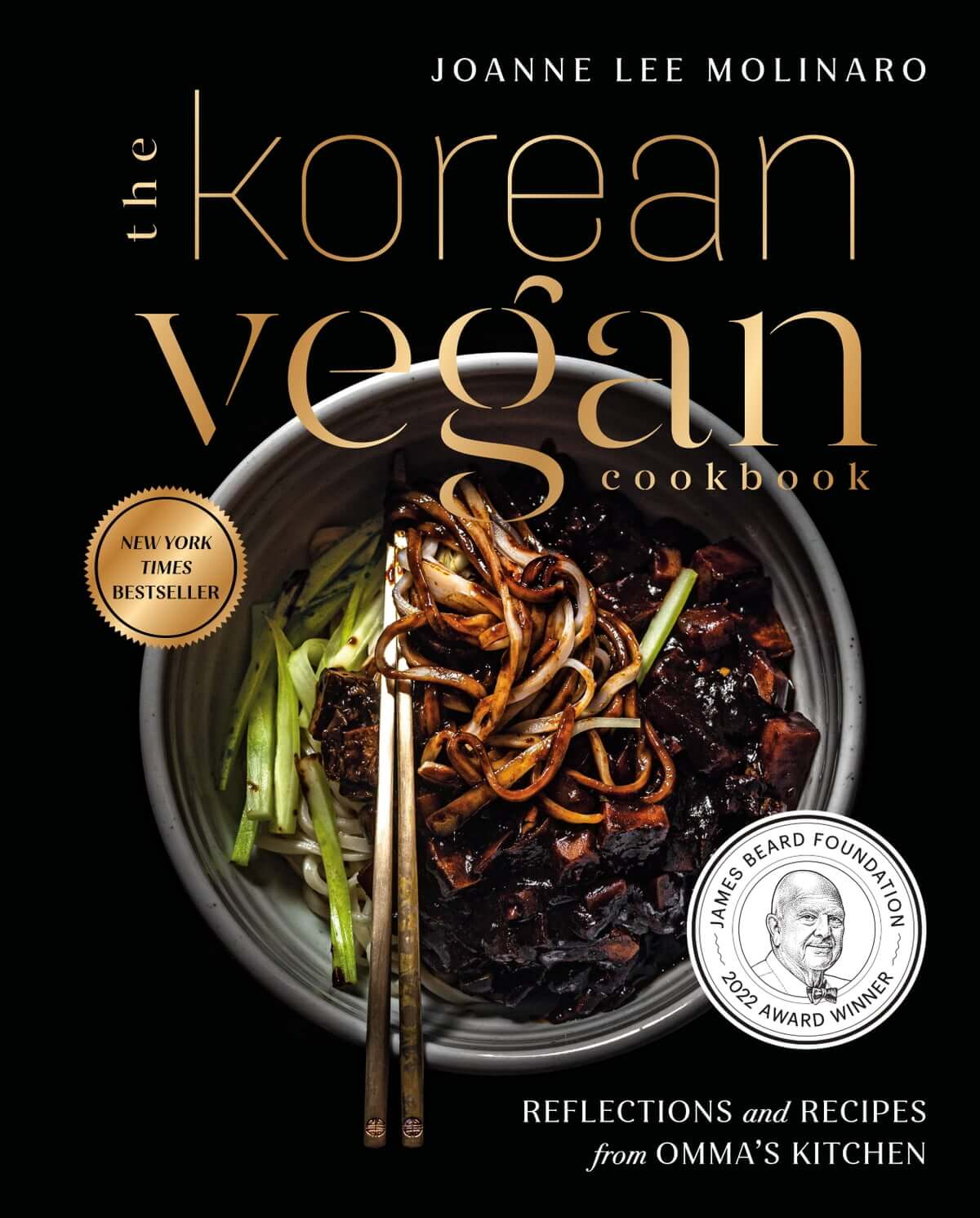
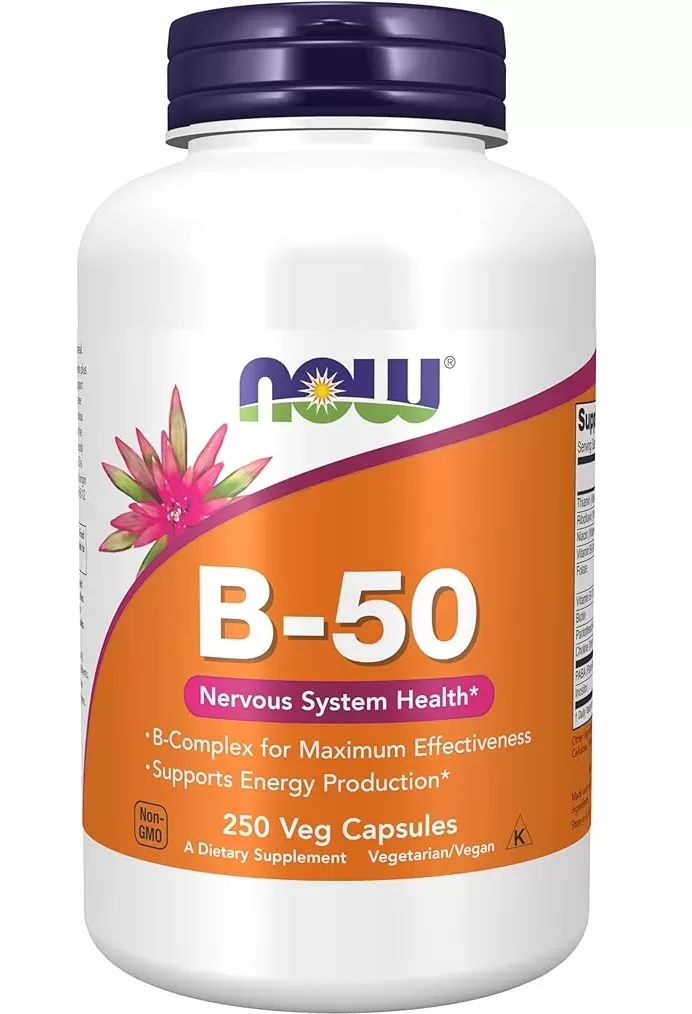
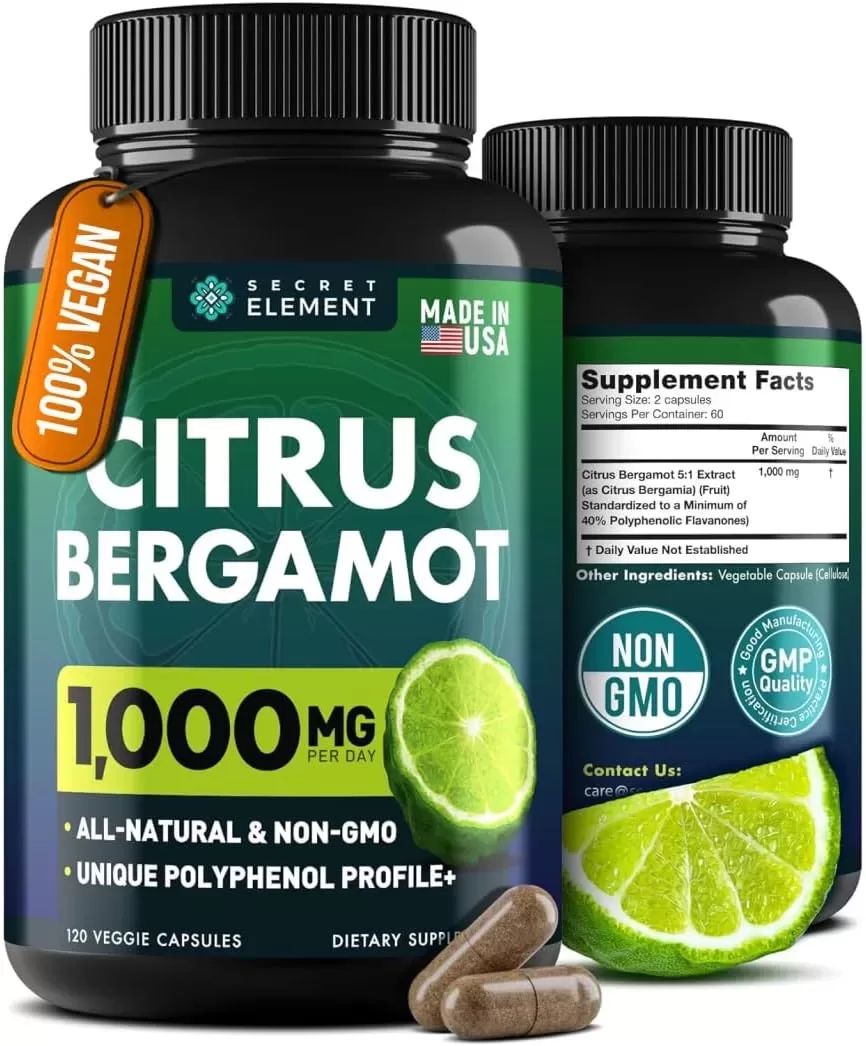
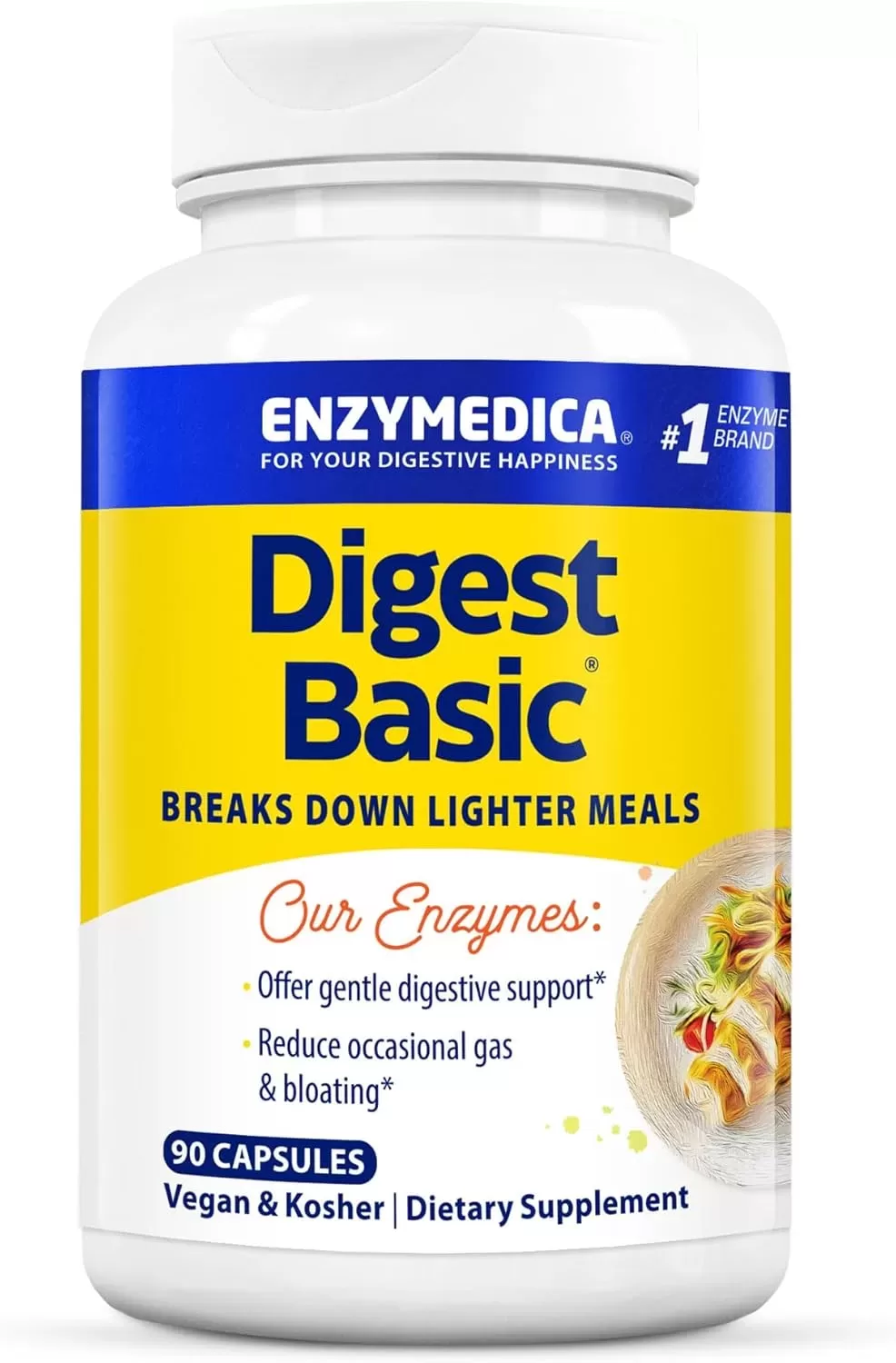
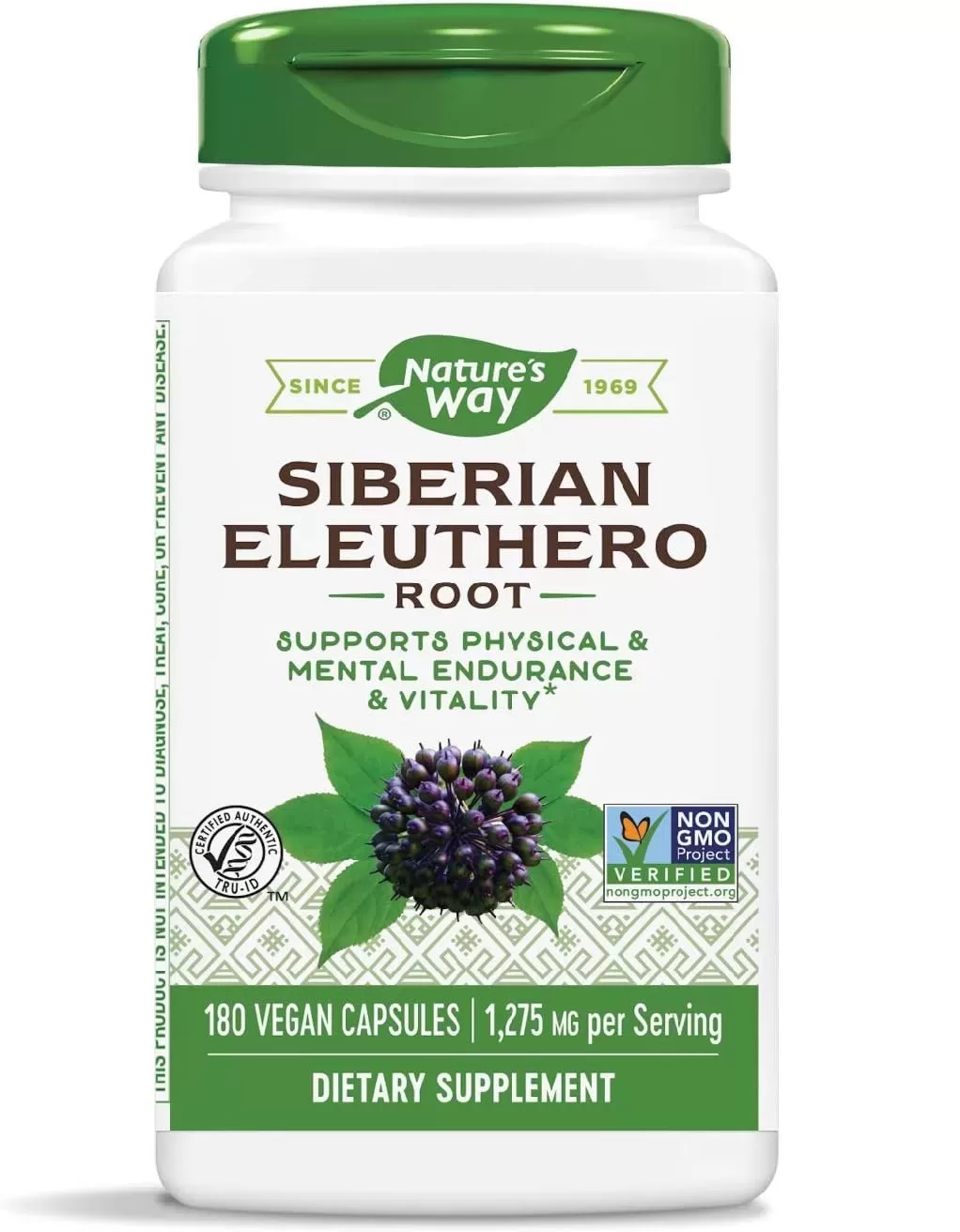

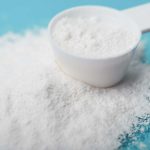
Comments are closed.